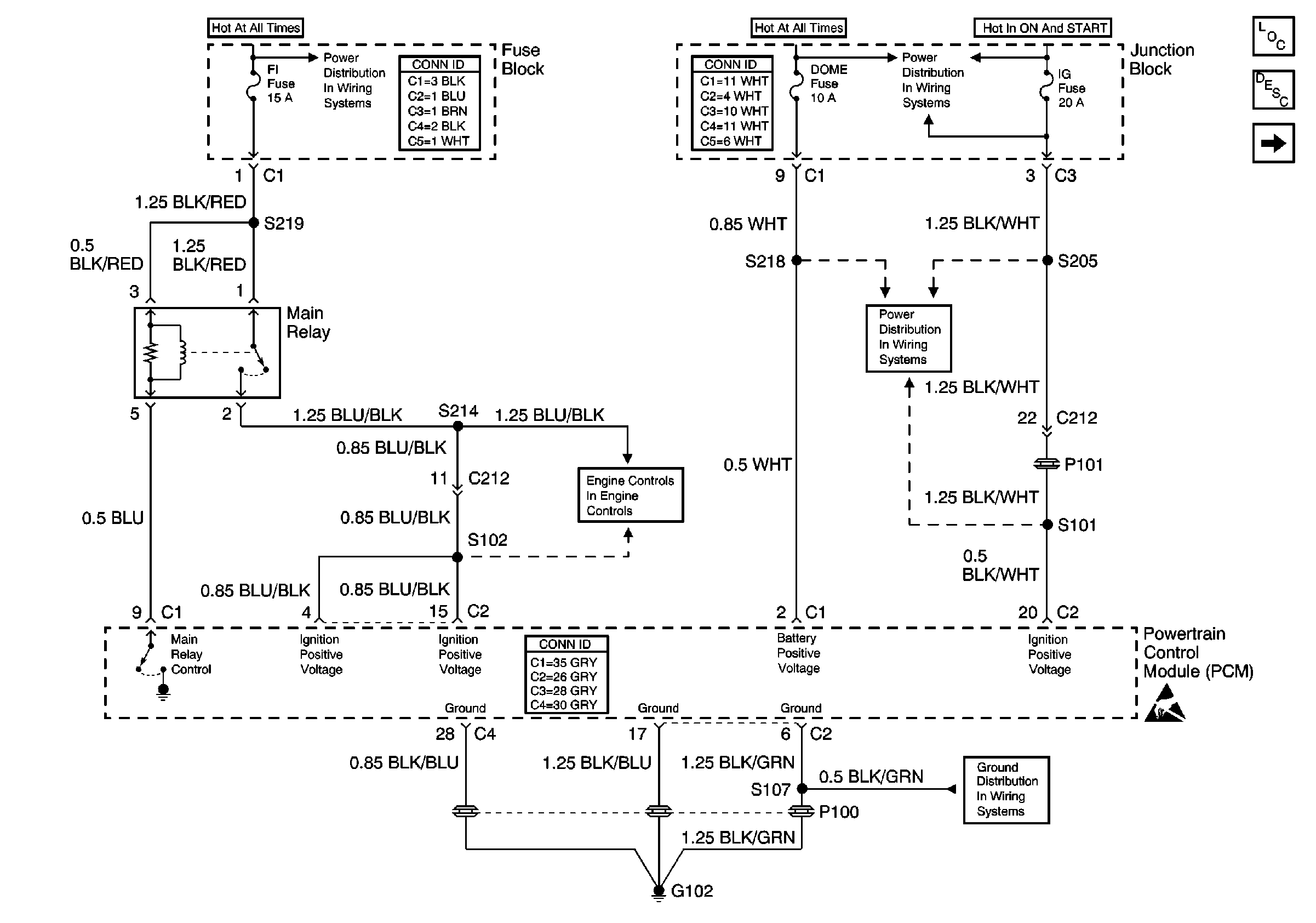Checks
| Action
|
DEFINITION: The engine has a power variation under a steady
throttle or cruise. The vehicle feels as if it speeds up and slows down
with no change in the accelerator pedal.
|
Preliminary Checks
|
| • | Be sure the driver understands the A/C compressor operation. |
| • | Use a scan tool to make sure the reading of vehicle speed sensor
(VSS) matches vehicle speedometer. This excludes vehicles with electronic
transmissions where some variation between VSS and the speedometer
is normal. |
|
Sensor Check
|
| • | Check the performance of the mass air flow (MAF) sensor. Refer
to Diagnostic Aids in
DTC P0101
. |
| • | Inspect the operation of the heated oxygen sensor (HO2S) 1. Refer
to: |
| • | Inspect for a shifted or fixed engine coolant temperature (ECT)
sensor. Test the ECT sensor using the scan tool. Compare the engine coolant
temperature with the ambient air temperature on a cold engine.
If the engine coolant temperature is more than 5°C (9°F) more
or less than the ambient air temperature, check for a high resistance
in the coolant sensor circuit or the sensor itself. Refer to
Temperature Versus Resistance
. |
|
Fuel System Checks
|
| • | Check if a Rich or Lean system can cause the condition. Drive
the vehicle at the speed of the complaint. Monitoring the Fuel Trim may help
identify the problem. |
| - | Lean--The Long Term Fuel Trim will be more than 20 percent.
Refer to
DTC P0171
. |
| - | Rich--The Long Term Fuel Trim will be less than -20 percent.
Refer to
DTC P0172
. |
|
Ignition System Checks
|
|
Additional Checks
|
| • | Check the powertrain control module (PCM) grounds and engine grounds
for clean and tight connections in the correct locations. Refer to
Power and Ground

. |
| • | Check the generator output voltage. |
| • | Check the vacuum lines and hoses for kinks or leaks. Review the
Vehicle Emission Control Information label. |
| • | Check for an intermittent exhaust gas recirculation (EGR) problem. |
|

